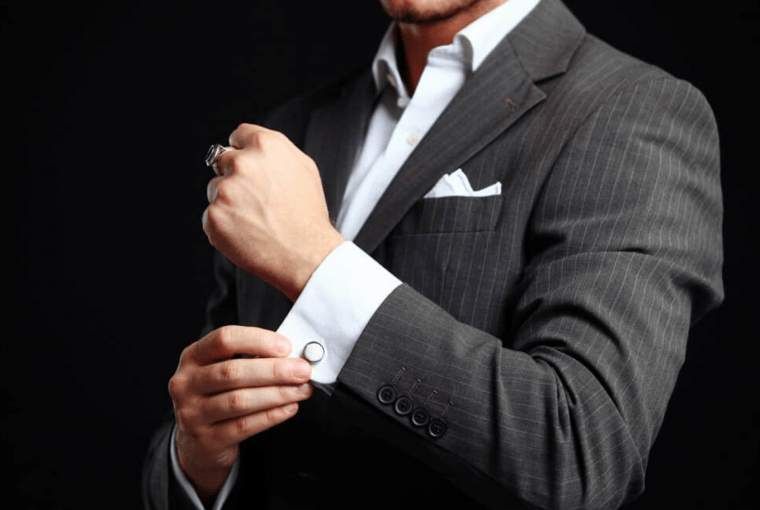You have your fashioner suit, coordinating with tie, leather belt, and shoes all prepared, yet at the same time feel that you’re passing up something that will make you look more confident. Overhaul your style detect and, in a split second, get that stylish and cleaned look to your outfit with a lovely pair of cufflinks.
If you’re a man who focuses on detail, cufflinks are an unquestionable requirement for your closet. Yet, before you purchase the main piece of these sumptuous things, you should realize how to wear sleeve fasteners and when to wear cufflinks. Very few adornments for men are practical and elaborate simultaneously, and cufflinks are one of those things.
What Are Cufflinks?
Cufflinks are gadgets for attaching shirt sleeves shut. They’re an option in contrast to the catches that are regularly sewn onto shirt sleeves. The characterizing highlight is that cufflinks are discrete items: sew them onto the shirt, and it’s a catch. However, if it’s completely removable, it’s a cufflink.
Like buttons, cufflinks come in numerous shapes, sizes, styles, and materials. They usually offer somewhat more difference than a button and are viewed as a more decorative choice; however, they’re not intrinsically pretty much formal.
Basics Of Cufflinks And How They Work?
A cufflink fastens a shirt by sliding through openings on one or the other side of the cuff opening, at that point swinging into a bolted or fixed situation to hold the sides together.
The most well-known cufflinks comprise a considerable head or “addition part” with an enriching front face, a post that reaches out from the rear of the head, and a pivoted flip that swings out from the base to fasten the connection. These are secured by setting the switch in its closed position so that there is a straight post plunging from the underside of the head.
The post slides through the openings on the two sides of the sleeves, and afterwards, the switch is swung outward to keep the base from sliding back out. That holds the cufflinks set up, with the front essence of the addition part positioned gorgeously on the buttonholes.
Also Read: A Gentleman’s Guide to How to Wear Suspenders Properly
Various Types of Cufflinks For Different Looks
There are many alterations to the elementary theme of the linked cufflink and various other mechanical choices. Here are some of the most excellent common styles of cufflinks:
- Whale Back Cufflinks have a level head, a straight post, and a “whale tail” flipping level against the bar. They are straightforward, and their colossal post and shutting instruments make them simple to utilize. This is likely the most widely recognized sort of cufflinks available.
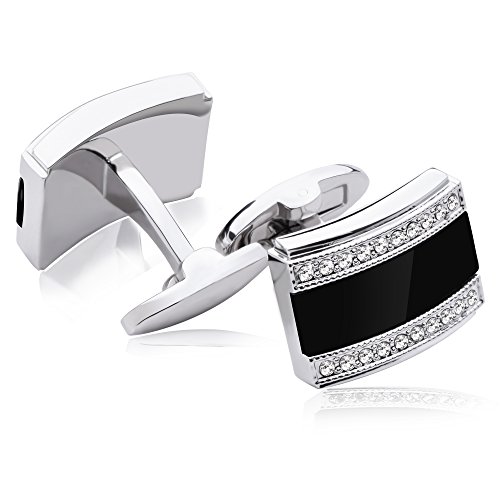
- Bullet Back Cufflinks are very like whale tail sleeve fasteners. Yet, the post is an empty casing, and the end instrumTheTo secure the connections, the section is flipped outward to ensure the bonds, leaving the container set up as the post.
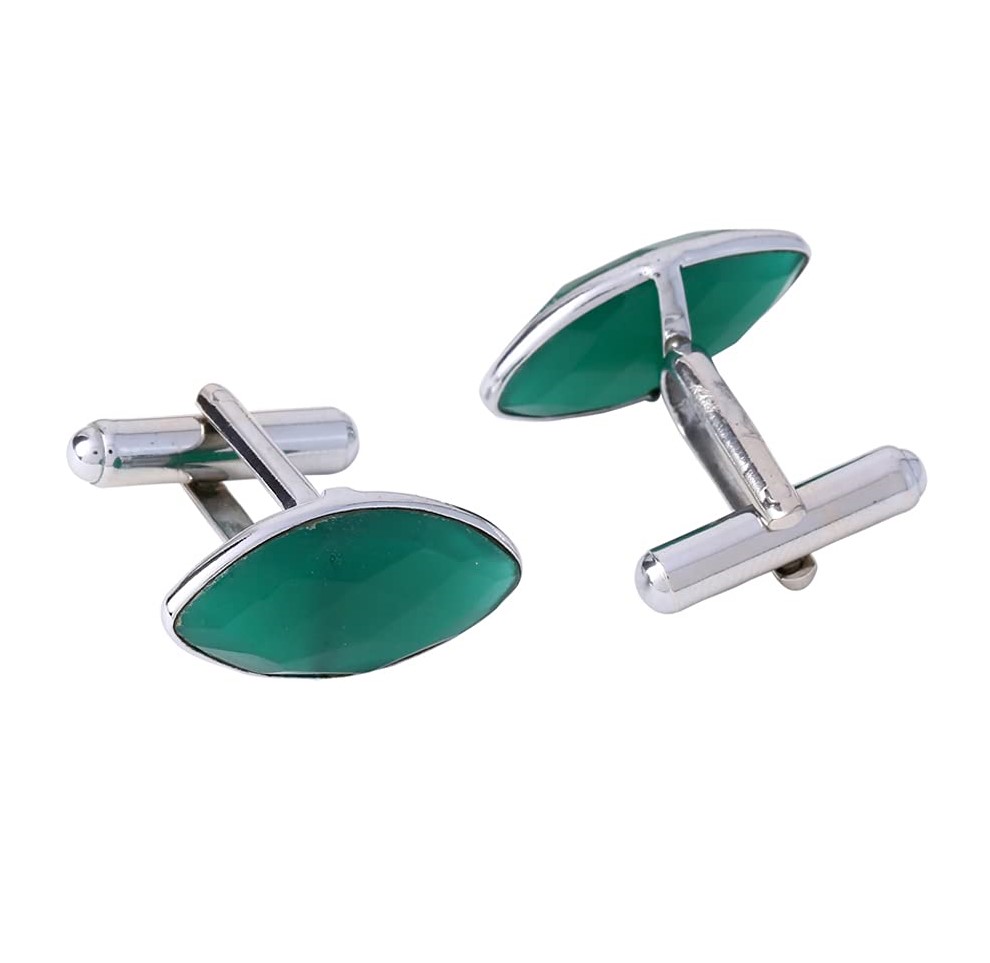
- Stud or Catch Style Cufflinks have no pivot component. All things being equal, they have a vast head, a straight post, and a more modest, inside head or sponsorship. The more modest charge is shifted, worked through the catch opening, and fixed to secure it. Once set up, they are very secure, and the absence of moving parts makes them truly tough.
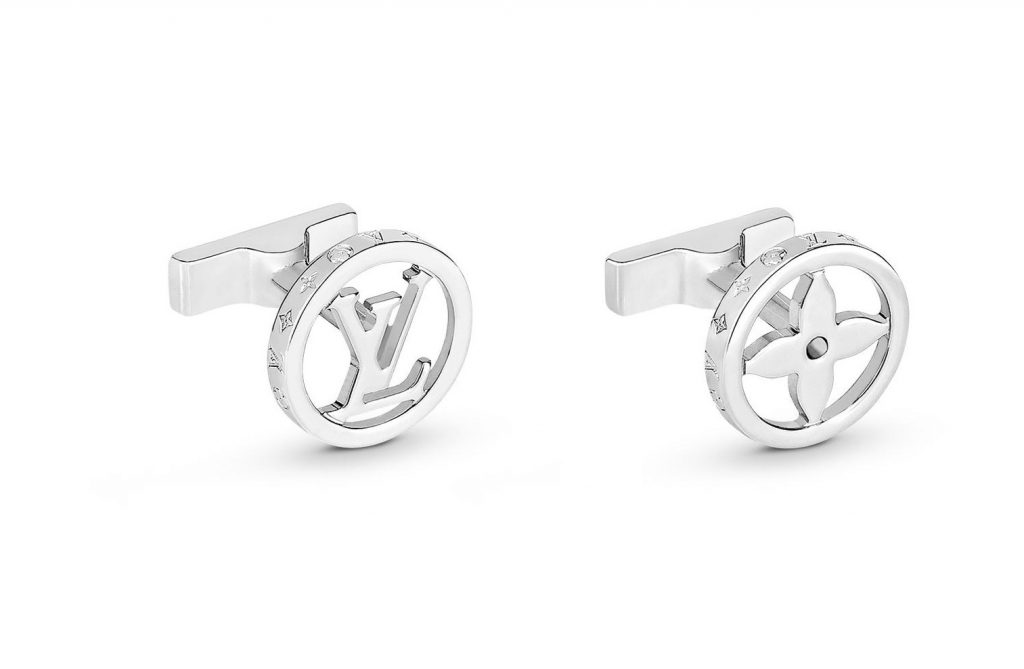
- Chain Link Cufflinks have two heads (usually indistinguishable) associated with a short length of delicate chain. This makes a marginally looser affixing than different styles, with apparent enrichment on the two sides of the shut buttonholes.
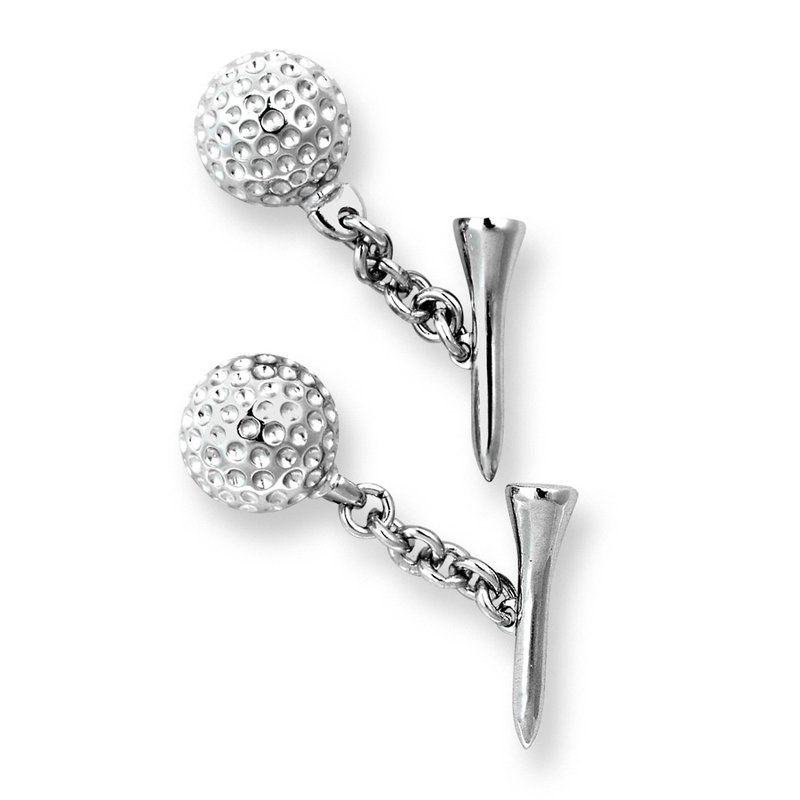
- Ball Return Cufflinks have a bent post with a bit of substantial ball inverse to the enriching head. They give a somewhat looser securing than pivoted cufflinks, yet a marginally tighter one than a chain. They can be costly when made in valuable metals, as the size and weight of the ball add extensively to the material expense of the thing.
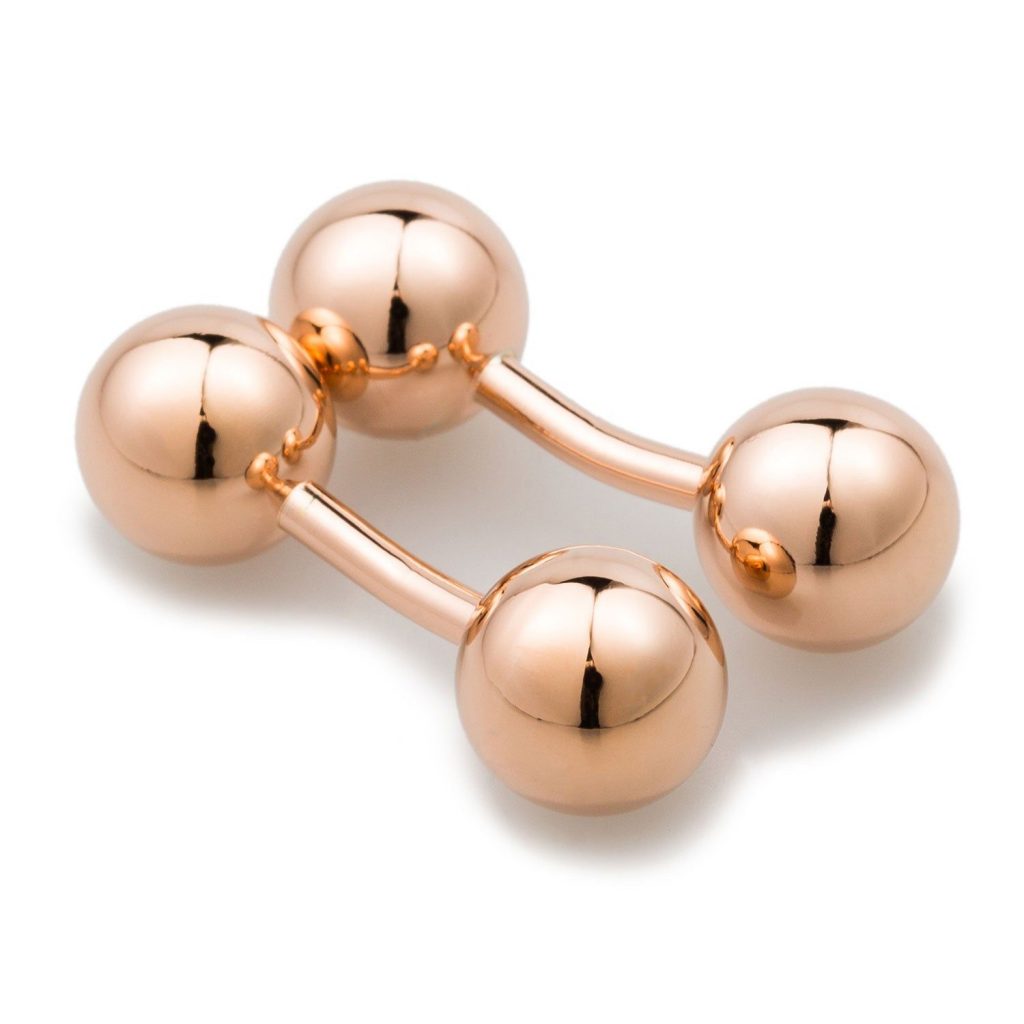
- Locking Double Activity Cufflinks utilize a pivot component like the conclusion of a metal watchband. The whole post is the pivot: the cufflinks swing open, the more modest end is fallen through the opening, and afterwards, the cufflinks are swung closed again, cutting the sides of the sleeve together under the head.
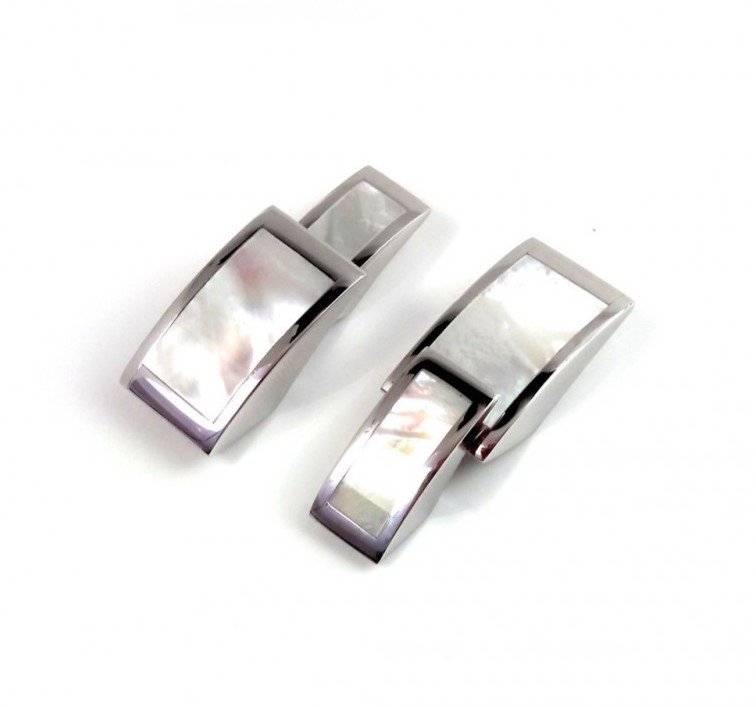
- Knot Cufflinks are like steel, with two heads associated by a short, adaptable length, yet they are made of the delicate line (regular silk) instead of metal, and the heads are beautiful bunches. The unpredictable surface of the bunch work makes this a more casual style, especially when numerous shadings are included.
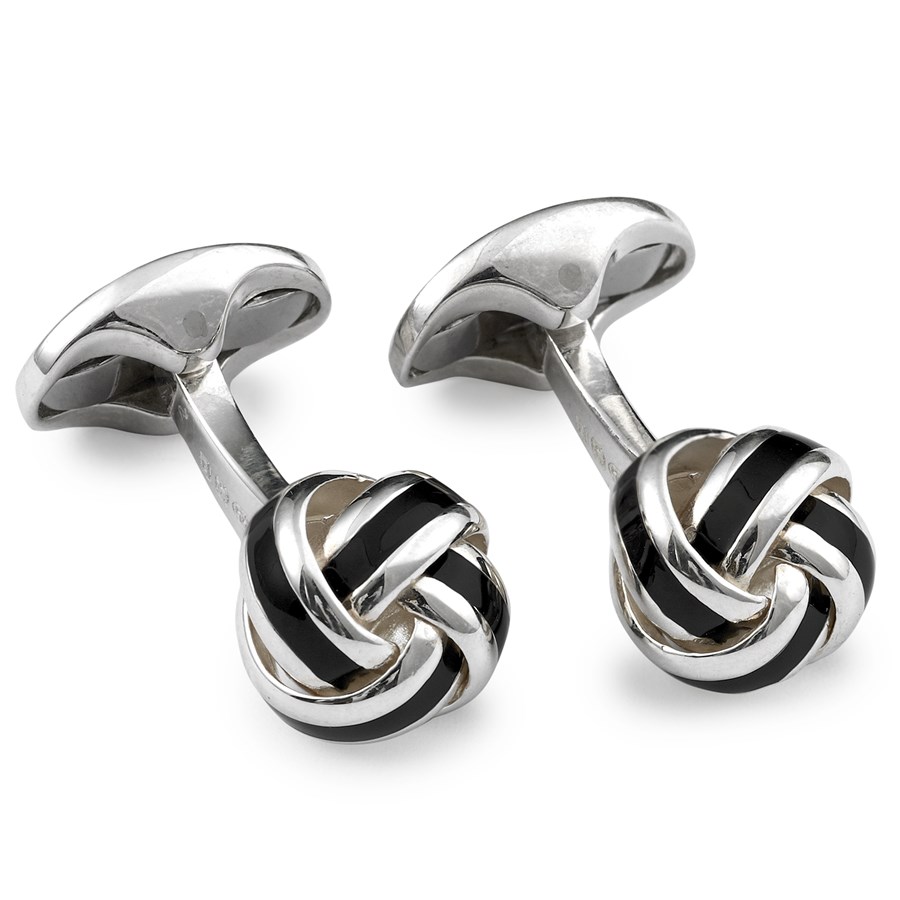
- Fabric Cufflinks can be practically any clasp style yet have a texture “button” on top as the decorative face. They are a purposely casual style.
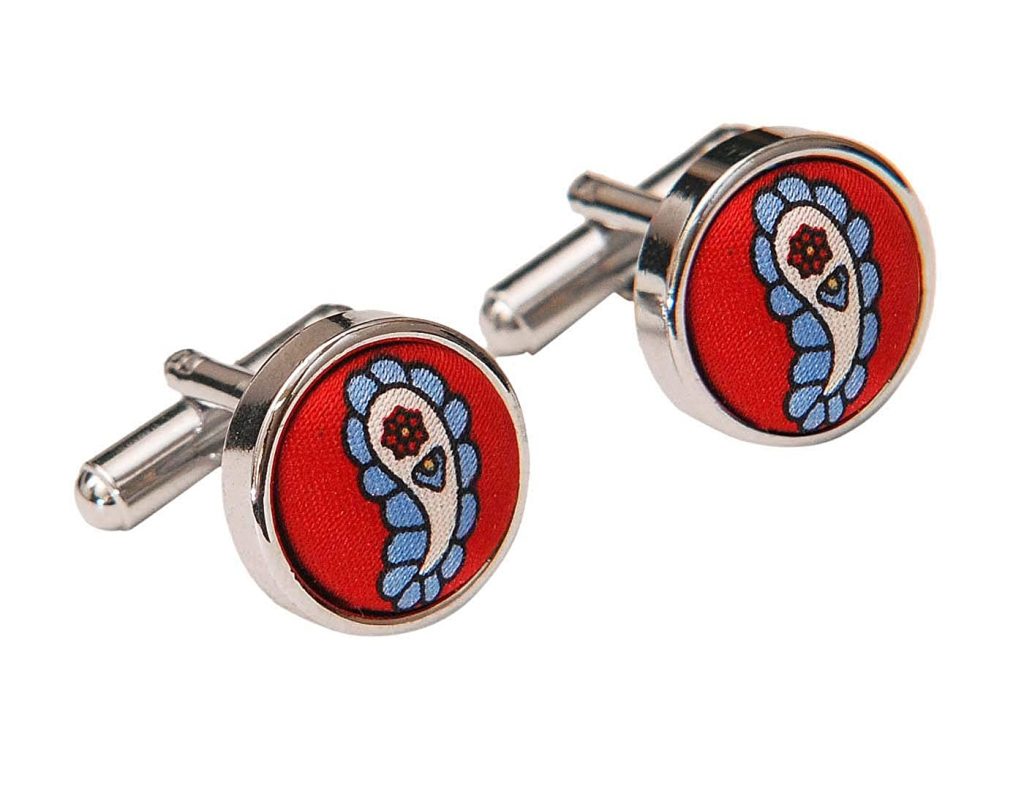
Read More: A Man’s Guide To Colognes And Fragrances: How To Apply Cologne Properly
What Are The Different Materials Of Cufflinks?

Cufflinks can be made of nearly anything and ornamented, including valuable stones to repurposed curiosity garbage. Gold, silver, and platinum are clear top picks, particularly for cufflinks that have no other brightening materials and depend on the nature of their metal alone for stylish worth.
Other famous materials include:
- Carbon fibre – It is a solid, contemporary material with a smooth, brilliant surface that can undoubtedly be hued during the assembling interaction. Extremely mainstream and exceptionally usual for every metal sleeve button, particularly in current plans.
- Crystal – A flexible and regular decision for shimmering sleeve fasteners, accessible to practically any tone, shape, and size possible.
- Enamel – A mainstream material for adding shaded or dark gleam on a metal surface, produced using intertwined, powdered glass. It makes a smooth, sparkly surface and is very strong, even though it can chip whenever struck against a hard surface.
- Glass – Adaptable and reasonable, with many shading alternatives. Hued glass is frequently casual; however, it differs significantly depending upon the plan.
- Gunmetal – A copper, zinc, and tin composite that delivers a dim, reflexive metal. Manly and contemporary.
- Mother-of-pearl – A pale, reflexive material sourced from shells. This is a similar material used to make great shirt catches, so cufflinks produced using it can intently take after shirt catches. They are typically seen on the cufflinks for formal and semi-formal outfits.
- Onyx – A translucent type of quartz accessible in numerous shades, including white, purple, blue, and dark. They are frequently utilized as the dark material in formalwear sleeve fasteners.
- Precious stones – Anything from jewels, rubies, and emeralds to citrine and opal. An excellent quality choice, with styles going from the grave and easy to out and out vainglorious.
- Rose gold – A combination of gold and copper delivers a rosy-coloured metal.
- Silk – The most widely recognized choice for rope and bunch sleeve fasteners. Less formal than metal and stone.
- Stainless steel – A basic, pragmatic, and solid alternative, reasonable for business and casual wear.
- Sterling silver – Shining and reflective, with more sparkle than hardened steel or carbon fibre.
- Titanium – An extremely solid, strong choice with a low-sparkle dark tone. More held than hardened steel or natural silver. Because of its solidness is well known for cufflinks with fine engraved and carved specifying that would wear out rapidly in a milder metal.
When Should You Wear Cufflinks?
The most prominent part of cufflinks is the buttons’ formal and semi-formal replacement. If you’re wearing a suit with a white tie or black tie outfit appropriately, it will have connections at the cuffs (and frequently studs rather than buttons on the shirtfront).
That’s barely the size of their closet functionality, nevertheless. Shirts changing from plain white business outfits to colorful and casual choices come with French cuffs or single cuffs with holes on all sides instead of a button and a buttonhole.
Moreover, tailors can effortlessly alter any shirt with a primary button-and-buttonhole settlement into one that takes cufflinks by removing the button and embedding a small buttonhole in its spot.
This means you can – if you want to – wear cufflinks with the entirety from your best business shirt to a shabby flannel work shirt. And, of course, few people are doing the latter – never underestimate the contemporary hipster’s love for combining high fashion with low.
Practically, most men will wear cufflinks in business, and relatively formal social surroundings as an underline to a suit-and-tie outfit. That said, more relaxed links are completely tolerable with a sports jacket and can add an air of merriment that plain buttons don’t offer.
How To Wear Cufflinks?
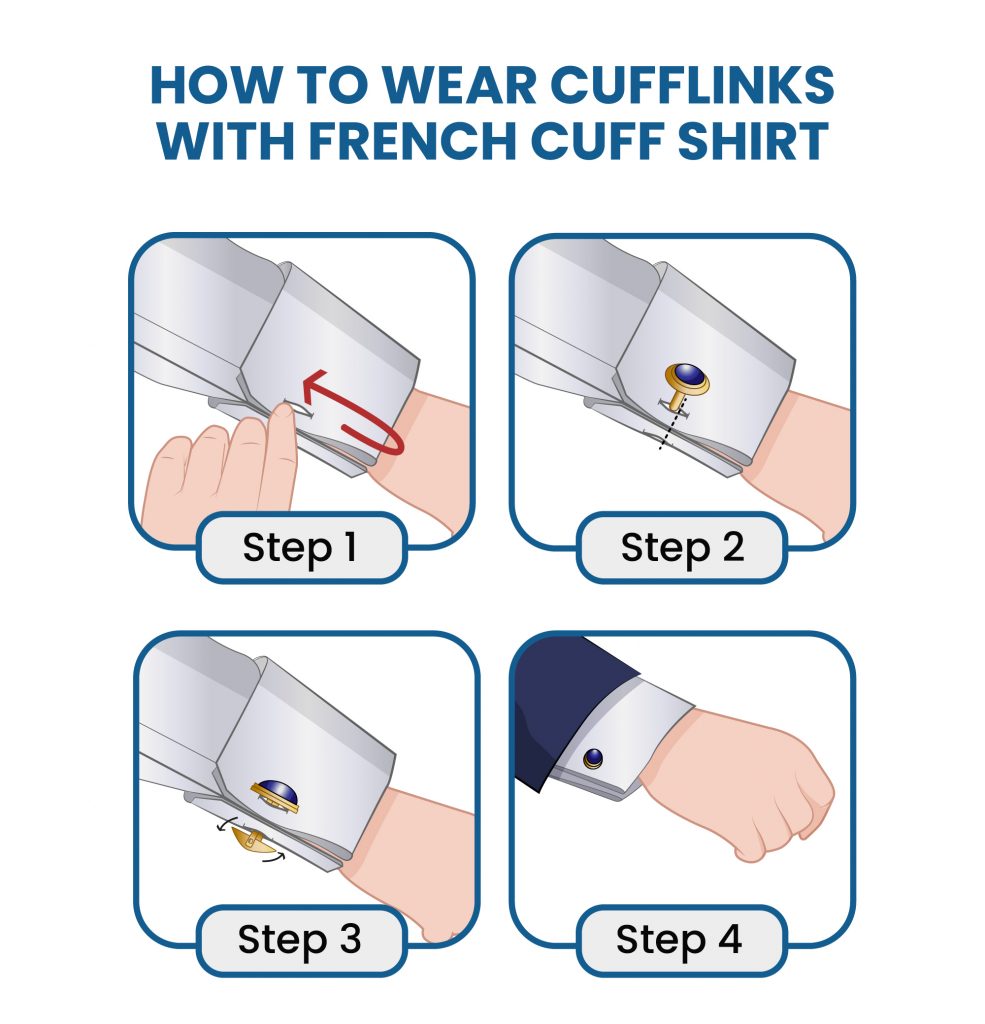
Cufflinks are usually worn with formal shirts and may also be considered as “formal jewelry.” They’re a distinctive approach to adding intimate style to any tuxedo, suit, or dress shirt. Obey these easy steps to see how simple it is to wear cufflinks with a formal shirt.
Step-1: With your shirt on, swipe the cuffs of your sleeve collectively so that the insides of both verges of the shirt sleeve are pressured simultaneously.
Step-2: Organize your cufflink by revolving the grip so the cufflink looks like a “T.” Place the cufflink through both holes in the shirt’s cuff. The colored, fancy part of the cufflink should face the outer function when your arm is at your side.
Step-3: Relying on the cufflink style, you may require securing the cufflink on the posterior of the shirt’s cufflink.
- Bullet Back Or Toggle Closure Style – The most well-known of all cufflink styles and the least demanding to put on. This style has a projectile-formed or limited bar suspended between two posts. Preceding embedding it through the shirt’s sleeve openings, the bar ought to be flipped 90 degrees to line up with the posts. The bar is then converted back to the level position, getting the cufflink set up on the shirt.
- Fixed Backing Style – Fixed backing is an expansion of the cufflinks. This implies that the cufflink post and support are one vital piece and are joined to the improving side of the sleeve button. The sponsorship doesn’t curve or move in any capacity. The adjusted backing might be harder to embed through the shirt’s openings; however, the stationary parts make it more robust over the long run.
Read More: How to Wear a Neck Gaiter: Useful Ways to Style It
Final Words
In the end – there are no strict and fast rules. Wear cufflinks when you want to wear cufflinks. The only boundaries are your selection of appropriate shirts – and, obviously, your budget.
Frequently Asked Questions
Cufflinks can be worn with almost any type of shirt as long as the shirt is long-sleeved and has the necessary holes for the cufflinks. But certain kinds of cufflinks look better with only some shirts, so they should be worn according to the occasion and the shirt’s material and cufflink. You can wear cufflinks with a shirt with a single or double cuff. The single cuff is similar to a regular pair of shirt cuffs but with holes on both sides.
With the need for more particularity, cufflinks have never been more necessary. Not only are they in style, but they have also become more accessible to men who want to wear them on a regular basis. It is a trend nowadays that people notice every tiny detail about someone in a formal or business setting, and hence it is necessary to stay in appropriate attire.
You can wear cufflinks with jeans, but you must also ensure a semi-formal look because cufflinks are refined and look sophisticated when worn with a shirt and pants. If you wish to keep it low-key, subtle or casual to tone it down, you can wear casual or less sparkly cufflinks such as the sports-inspired ones. However, you would want to avoid jeans with lots of distress since the jeans should not look too casual when paired with cufflinks.
There is absolutely no need for formal neckwear when you are wearing cufflinks. French cuffs look great even under a jacket or coat, regardless if you’re wearing a tie or not. Wearing cufflinks without a tie is also a subtle way to flaunt your style without looking too formal at the same time. However, you should refrain from wearing sports or hobby-themed cufflinks for any type of formal occasion.





